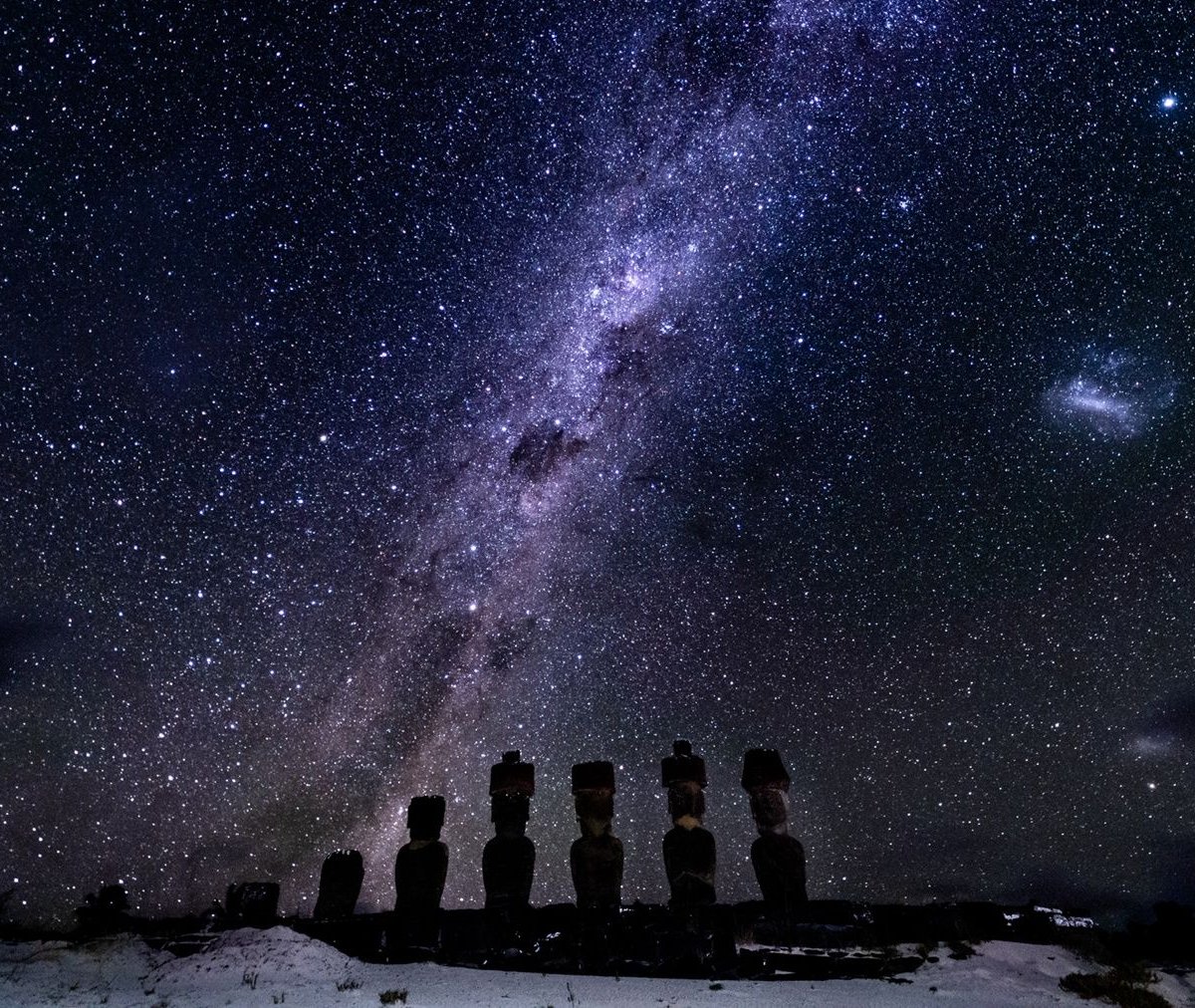Anyone who has watched Moana knows very well that this enchanting Disney movie shows us isolated islands in the vast Pacific Ocean. You may also have noticed that the work talks about the colonization of this area by the Polynesian people, who were famous for their advanced knowledge of astronomy even in ancient times.
So watching the 2016 film and its 2024 sequel are two chances to witness the clever Moana sailing across a vast sea in a small canoe with seemingly unbelievable safety and spatial awareness.
Although it may seem like an invention, it is all true: These people demonstrated an impressive ability to navigate the seas based on their star mapping. And the way they do it is truly incredible.
star navigation technique
First of all, it is worth remembering that Disney took great care in preparing the scenes for both films. To achieve this, the studio established the Oceanic Story Trust, a council of experts (including Polynesian residents and elders) who guide the production on the cultural accuracy of everything shown.
The ancient people of Polynesia developed a navigation technique that began by observing a map of the stars.to determine its location from our perspective on Earth. Nainoa Thompson, president of the Polynesian Voyage Society, explained in an interview with The Conversation: “If you can identify the stars as they rise and set, and memorize where they rise and set, you can find your bearings.”
This technique worked something like this: Travelers memorized star charts and used the angle of the stars above the horizon to determine their latitude. For example, knowing that the upper and lower stars of the Southern Cross are six degrees apart, they state that the northern latitude is 21° when the distance between these stars is equal to the height of the lower star above the horizon. , Honolulu’s. When Sirius and Pollux set at the same time, their latitude was 18° South: that of Tahiti.
To measure this, travelers used their hands and checked the angles. The width of your little finger at arm’s length is approximately one degree or two times the angular diameter of the Sun or Moon.
The first Moana movie shows us that the character uses this technique to measure the height of a group of stars. He closely observes and then measures the stars in Orion’s Belt. The position of your hand indicates that the star on your index finger has an elevation of 21 degrees. Since the movie takes place near Samoa about 2000 years ago, Orion’s position indicates that they were heading east.
Next, discover several stars and constellations commonly used to guide ancient sailors.
North Star
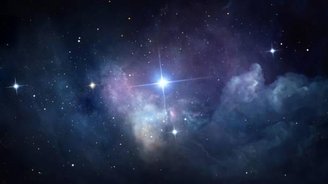
THE The North Star, also known as the Pole Star or Polaris It is the brightest star in the constellation Ursa Minor. When you look at your face, you make sure that you are facing north. This star is very special because it is almost above the Earth’s North Pole, which means all sailors can see it in the same spot all year round.
For this reason, Polaris is considered an important star for navigation. If you measure its height above the horizon, you will know how far north it is from the Earth’s equator. For example, those living in Northern Canada will see Polaris higher in the sky, while those living closer to the equator will see it closer.
It is important to remember that all available stars can be used to navigate. But to do this, you need to know where to find them at all hours of the night, every night of the year. That’s why the North Star is one of the easiest to use for navigation.
Maui Hook
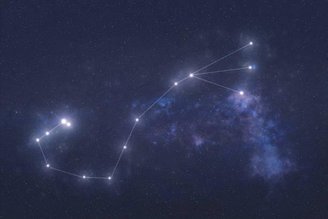
In the movie, we also see Moana sailing by following the path called the Maui Hook. In Polynesian traditions, The hook will be used to pull the islands from the sea and is represented by the Constellation Scorpio.It rises at dusk in mid-May. Therefore, the constellation provides support for travel towards the southeast.
Anyone located on a Polynesian island can see the entire constellation rising in the southeast, reaching its highest point in the sky when south, and setting in the southwest.
Polynesian sailors memorized where the stars of the Scorpius Constellation appeared in the sky from the different islands between which they sailed. In this way, they were able to determine which direction they should go in the ocean and how long they would have to travel.
Do the techniques still work today?
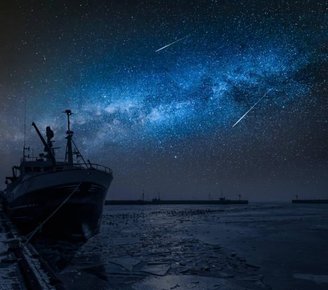
Most of us orient ourselves in a “compatible” way: we just take our mobile phone and use the GPS as a compass. However Moana He explains that there are other effective ways to navigate the world, especially for younger generations, and that these have been known for thousands of years.
If you’re interested in trying this, the easiest way is to aim when the stars are lower in the sky; However, when a celestial point gets too high, you may need to switch to a new target. For example, sailors must memorize a specific sequence of guide stars to do this.
Lehua Kamalu, a well-known Polynesian traveler, told the IFL: “You don’t need to know the 5 billion stars, but you do need to know the important ones that will help point you in certain directions around this compass in your mind.” Science.
for kamalu A more accessible example is to use the North Star as a guide.. He notes that a sailor has about 200 stars on his mental compass at any given time and must learn the celestial paths necessary for a particular voyage at least a year before setting sail.
What’s the obstacle to traveling among the stars?
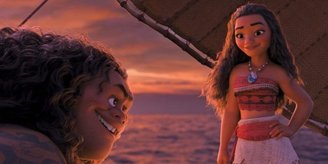
Despite all this training and preparation before sailing, the expert predicts: stars are only available “about 10% of the time.” This is because there are other factors that hinder this practice, such as bad weather conditions and the presence of full moons.
“Most of the time, you won’t get that impressive full dome without clouds or moonlight blocking your view. It will probably always be quite difficult to see it, and you’ll be able to make out the stars through the clouds in very difficult visibility conditions,” he added.
So the weather is quite challenging for those who want to observe the stars. However, there are also elements of nature that can be beneficial. Clouds on the horizon may indicate the presence of a coastline, as air tends to warm more quickly over land than over the ocean.
Birds can also convey messages about horizons. Seabirds, which always sleep on the beach, serve as directional signposts as they always fly to the sea at dawn and return to land at dusk.
And we can’t forget the obvious: You can only use the stars to navigate at night. Of course, they are not in the sky during the day. Even so, the best thing is to see movies like this: Moana And Moana 2 They carry information that may have been forgotten in the past to new generations, especially children.
Did you like the content? Tell us on our social networks and get the opportunity to share the article with your friends!
Source: Tec Mundo
I’m Blaine Morgan, an experienced journalist and writer with over 8 years of experience in the tech industry. My expertise lies in writing about technology news and trends, covering everything from cutting-edge gadgets to emerging software developments. I’ve written for several leading publications including Gadget Onus where I am an author.






